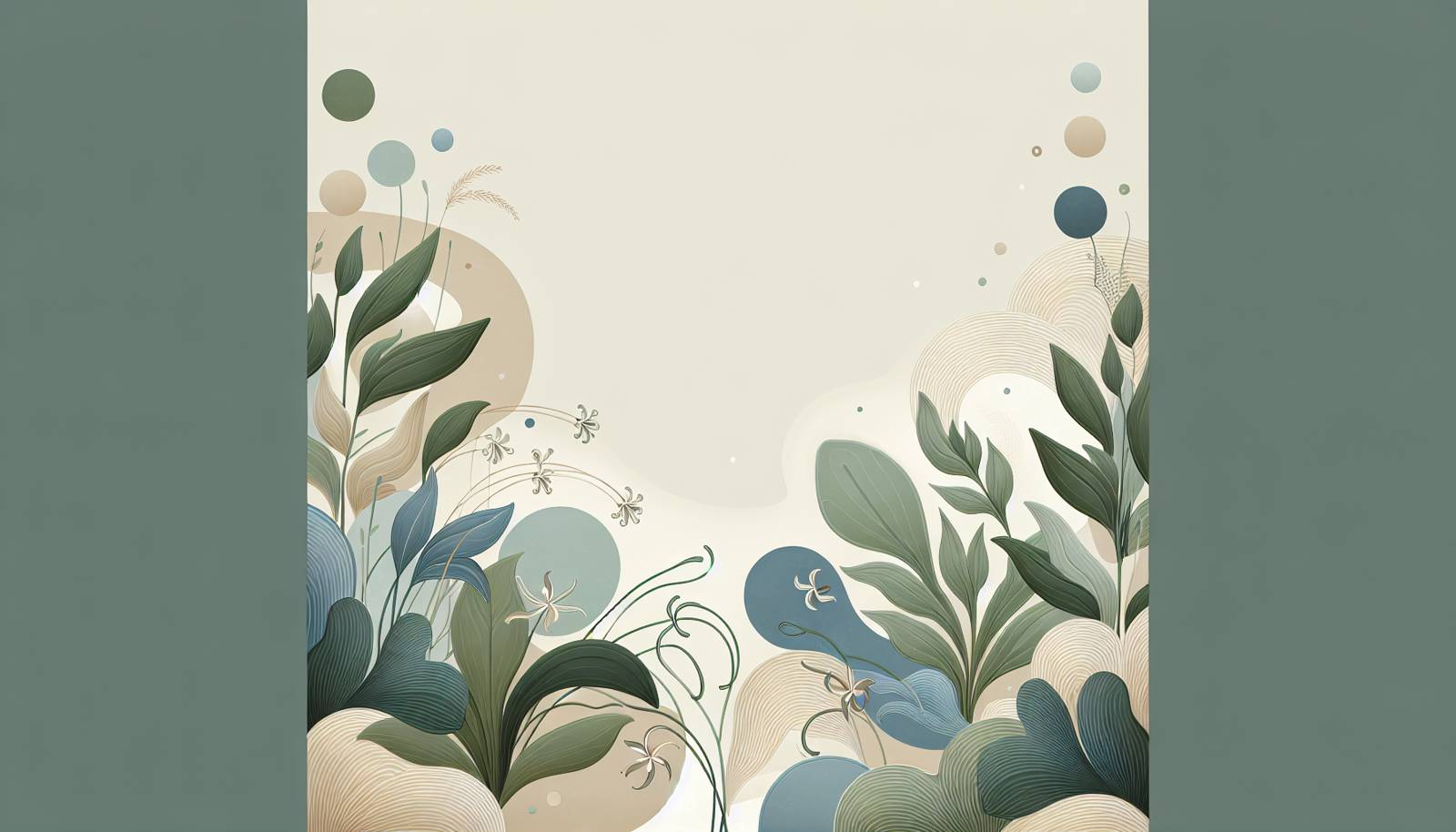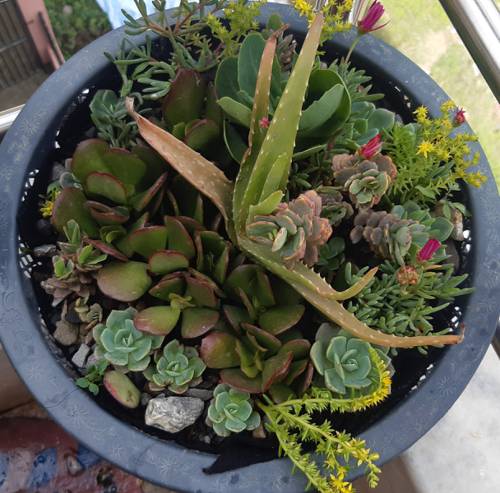
FAQ About Indoor Plants and Water Conservation

What are some water-efficient techniques for watering indoor plants?
One water-efficient technique is to use a watering can with a narrow spout to target the soil directly, minimizing water waste on foliage. Additionally, using drip irrigation systems or self-watering pots can help control the amount of water used. Another approach is mulching the surface of the soil with organic materials like coconut coir or bark to retain moisture and reduce evaporation.

How can I recycle water for indoor plants?
Recycling water for indoor plants can involve collecting rainwater using barrels or reusing greywater from household activities such as rinsing vegetables or collecting shower water while waiting for it to warm. Use greywater immediately and ensure it does not contain harsh chemicals by opting for biodegradable soaps if it has been used for dish or hand washing.

Is it possible to overwater indoor plants while conserving water?
Yes, it is possible to overwater indoor plants even when trying to conserve water. Overwatering often occurs when plants are watered too frequently rather than in too much quantity at once. To avoid overwatering, it's essential to check the soil moisture before watering and only add water when necessary. A moisture meter can be an invaluable tool for this purpose.

What types of indoor plants require less water?
Succulents, including cacti, are excellent choices for water conservation as they naturally require less water. Other low-water plants include snake plants, ZZ plants, and pothos. These species can store water in their leaves or stems and thrive in less frequent watering conditions.

Do self-watering pots help in conserving water for indoor plants?
Yes, self-watering pots can significantly help conserve water. They are designed to provide a consistent level of moisture by allowing the plant to draw up water from a reservoir as needed, reducing both water waste and the risk of overwatering. This method ensures that plants receive the optimal amount of water.

How can I tell if my indoor plants are getting enough water without wasting it?
To check if your indoor plants are getting enough water, observe the soil's moisture level. Insert your finger or use a moisture meter to determine if the soil is dry or still moist several inches below the surface. Additionally, watch for signs of wilting or yellowing leaves, which can indicate either overwatering or underwatering.

Can humidity trays conserve water for indoor plants?
Humidity trays can help maintain moisture levels around certain indoor plants by increasing local humidity, reducing the need for frequent watering. A humidity tray typically involves placing stones in a tray filled with water, allowing evaporation to humidify the surrounding air. This is particularly beneficial for tropical plants that thrive in humid conditions.

Should I use hard water or distilled water for watering indoor plants?
While distilled water is free from minerals that can build up in the soil, it's not always necessary unless your tap water is particularly hard. Hard water, containing high levels of calcium and magnesium, can lead to mineral deposits on the soil and leaves. If hard water is your only option, consider letting it sit overnight to dissipate chlorine and soften it slightly.

How can mulching help in conserving water for indoor plants?
Mulching helps conserve water by reducing surface evaporation and maintaining soil moisture. Covering the topsoil with materials like coconut coir, bark chips, or pebbles insulates the soil, preventing rapid drying. This practice not only saves water but also reduces the frequency of watering, promoting a healthier plant environment.

What is a water-retaining soil mix for indoor plants?
A water-retaining soil mix contains ingredients such as peat moss, vermiculite, or coconut coir that enhance the soil’s ability to hold moisture. These components improve soil aeration while retaining water, ensuring that plants can access moisture efficiently over time. Customizing soil mixes depending on plant species can optimize growth and hydration.

What role does pot size play in conserving water for indoor plants?
The size of the pot can influence water conservation as larger pots generally retain moisture longer than smaller ones, reducing the need for frequent watering. However, using a pot that's too large may hold excessive moisture and lead to overwatering issues or root rot. Choose a pot size appropriate for the plant’s root system.

Are there any technological devices that help conserve water for indoor plants?
There are several technological devices designed to help conserve water for indoor plants. Smart watering systems can adjust watering schedules based on moisture levels and environmental conditions. Soil moisture sensors can notify you when it’s time to water, ensuring plants get water precisely when they need it.

How does using native or adapted plant species indoors contribute to water conservation?
Choosing native or locally adapted plant species for indoor gardening can enhance water conservation as these plants are inherently more suited to the local climate conditions, including prevalent humidity and water availability. They typically require less water to thrive compared to non-native species.

What are some common mistakes in watering indoor plants that lead to water waste?
Common mistakes include watering on a fixed schedule regardless of actual need, using too much water at once, or not accounting for seasonal changes in light and temperature. Additionally, failing to adjust watering practices for individual plant types can lead to both overwatering and water waste.

Can drip irrigation systems be adapted for indoor use?
Yes, drip irrigation systems can be tailored for indoor use. They involve a network of tubes and drip emitters that deliver water directly to the plant's base, minimizing evaporation and runoff. This precision helps conserve water by ensuring plants receive the exact amount of hydration they need.

Is misting an efficient way to water indoor plants?
Misting can be an efficient way to enhance the humidity for some plants, especially those that thrive in humid environments like ferns or orchids. However, it's typically not sufficient for watering most indoor plants’ roots, which still require occasional direct watering at the soil level for comprehensive hydration.

How does the type of potting soil affect water conservation?
The type of potting soil significantly affects water retention and drainage. Soils high in organic content like peat moss or coconut coir tend to hold moisture longer, reducing the need for frequent watering. Conversely, sandy or gritty soils improve drainage, which might necessitate more frequent watering but can prevent waterlogging.

What is the impact of indoor plant placement on water conservation?
The placement of indoor plants affects water conservation as it can influence environmental conditions such as light exposure and air circulation. Plants placed in bright, sunlit areas may lose water more rapidly due to increased evaporation than those in shaded spots. Adjusting placement according to plant needs can optimize water use.

Are there specific containers that support water conservation for indoor plants?
Containers made of non-porous materials like plastic or glazed ceramics help retain soil moisture longer compared to those made from porous materials like terracotta. Additionally, containers with self-watering features or with reservoir systems can greatly contribute to efficient water use and conservation.

Can I use hydroponic systems for water conservation with indoor plants?
Hydroponic systems can be effective for water conservation as they utilize a closed-loop system that recycles water and requires less water than traditional soil-based growing methods. These systems provide the exact amount of water necessary for plant growth, minimizing waste.
